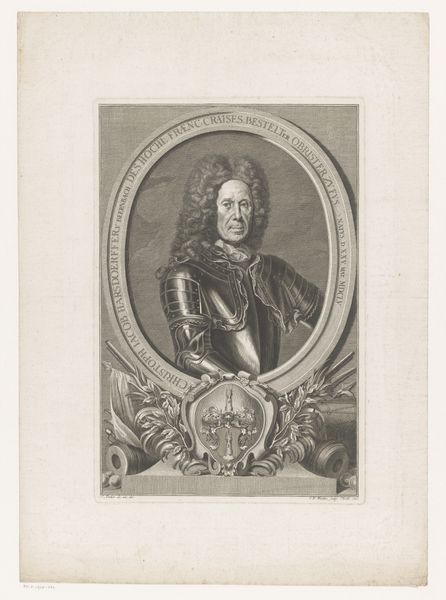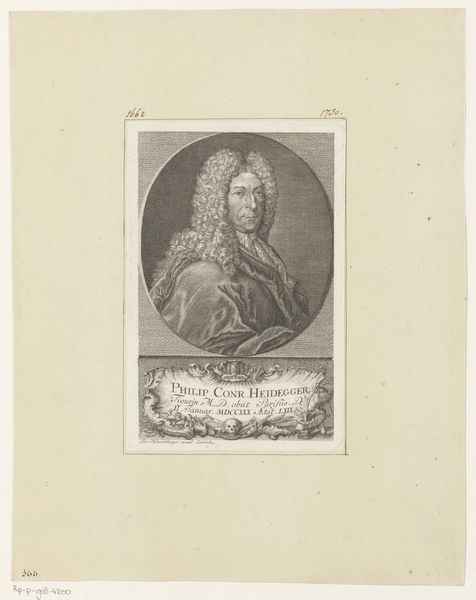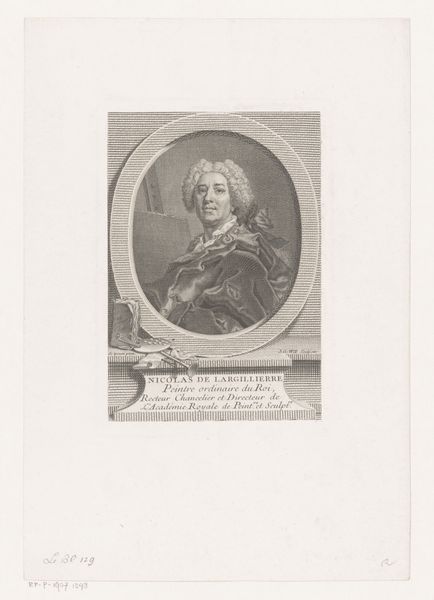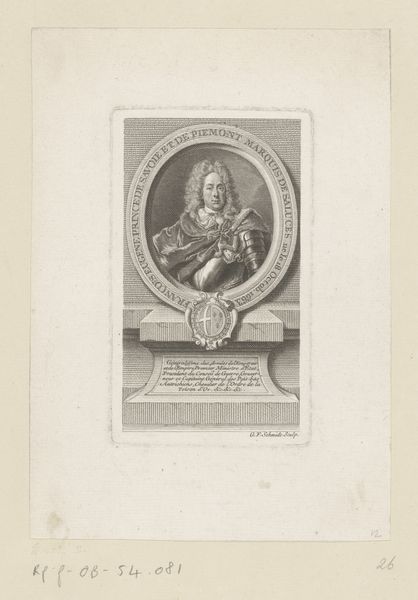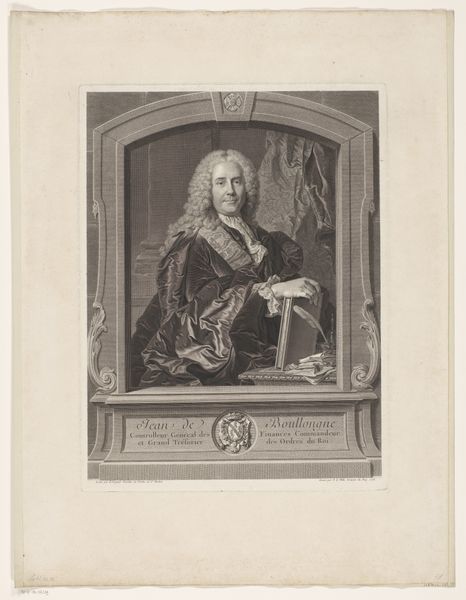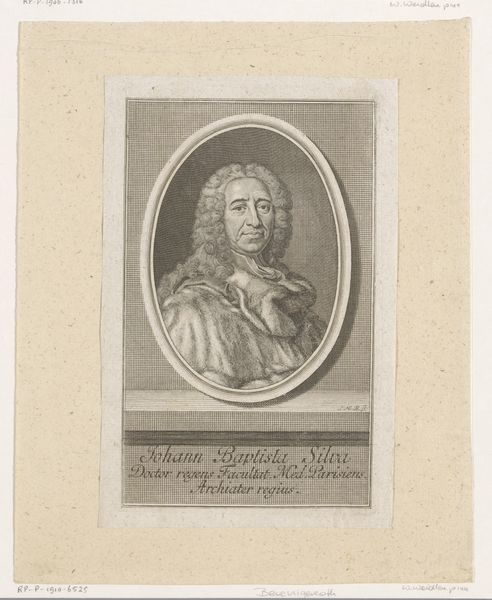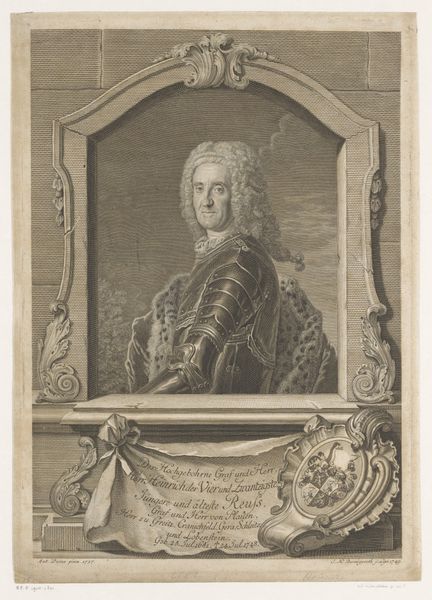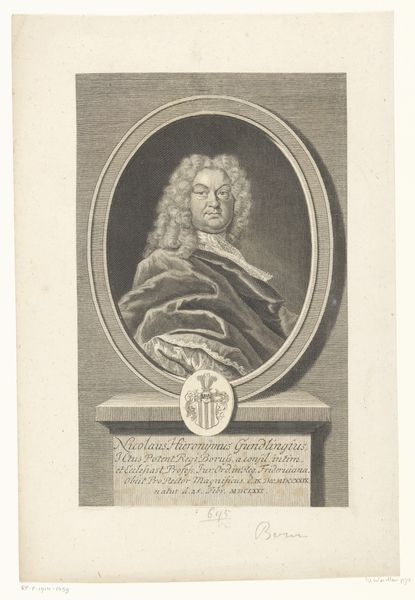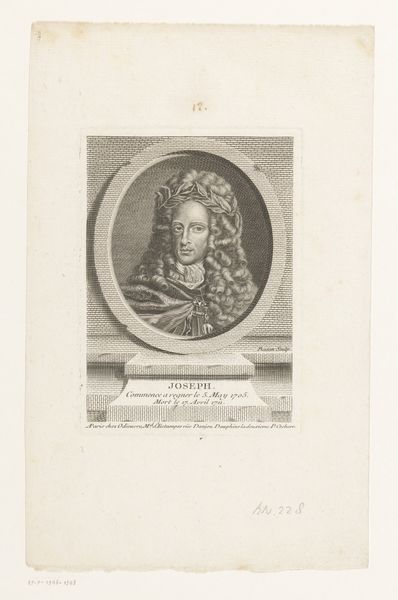
print, engraving
#
portrait
#
baroque
# print
#
old engraving style
#
historical photography
#
academic-art
#
engraving
Dimensions: height 211 mm, width 139 mm
Copyright: Rijks Museum: Open Domain
Editor: So, this is a print from after 1751, "Portret van Prosper Jolyot de Crébillon" by Etienne Ficquet. The material's engraving. I notice how meticulously the lines create shading and texture. It feels very precise. How would you approach understanding this work? Curator: Let's focus on the means of production. Engraving like this wasn't just about skill; it was labor. Who commissioned it? Who was the intended audience, and how would they consume this image? The very materiality – the paper, the ink, the metal plate – tells a story about 18th-century French society. Editor: I hadn't thought about the materials themselves holding a narrative. The paper looks quite fine, implying a certain level of wealth… Curator: Exactly! It hints at a wealthy patron, and a market for such portraiture. Consider too, how the *reproducibility* of engraving allowed for wider distribution than a painted portrait. Who gains power through this dissemination, and who might lose out? Is it art, or commodity? Does it even matter? Editor: It's interesting to consider the class dynamics at play, how the printed image reaches more people, democratizing representation, yet still controlled by certain means of production. But who *is* Crébillon, the man being portrayed? Curator: That's a good question. Crébillon was a tragedian, a playwright. Now, how does *that* social context intersect with the materiality of this print? Are playwrights elevated to the cultural level that necessitates or deserves such visual documentation? Think about who and what gets seen, versus what and who remains invisible. Editor: This has made me reconsider it all. It's not just an image, it is an artifact of labour, commerce, and social status from the era! Curator: Precisely! Understanding the means of its creation unlocks a whole new level of insight into the culture and structures it reflects.
Comments
No comments
Be the first to comment and join the conversation on the ultimate creative platform.
